The duality of Czechoslovak and Polish design
The duality that exists in Poland, in terms of design, as we have noted through the production entities can be compared to that which affects French furniture between 1945 and 1967. In her work, Yolande Amic drew attention to the coexistence in those years, on the one hand, of traditional interior designers who opted for the unique piece, and, on the other, of innovators who defended serial furniture[1].
Nevertheless, in Poland, the persistence of traditional practices seems more than a survival of the past because of the place given to folk art in the official culture. One may wonder whether this importance of popular art is not common to the regimes associated with the USSR since one can argue that a similar situation exists in Czechoslovakia. Indeed, the creation of Cepelia in the aftermath of the war coincided with that of Uluv. This institution is the Centre for the Production of Popular Art[Ústredie ľudovej umeleckej výroby]. It was established in 1945[2] Its name recalls that of Cepelia but its nature remains to be defined. Nevertheless, it indicates the importance given to folk art in the neighbouring country. Moreover, in Czechoslovakia, as in Poland, interest in popular art existed before the communist period and is manifested by the existence of institutions. One of them continues to exist after the war, like the Lad in Poland. It is about Krasna Jizba (1914 - 1948)[3] However its destiny is different since it instead of preserving its independence it melts into the Uluv[4] in 1948.
Just as the 1957 Polish National Exhibition of Interior Architecture partially challenges the central place of folk art in Poland, the 1958 Brussels Universal Exhibition seems an opportunity for renewal for Czechoslovakians. The Exhibition challenged exhibitors to produce the image of a better world,[5] thus encouraging them to be innovative. Czechoslovakia enjoys great recognition as it receives the most awards. 6] This reception will have an impact in the future, as shown by the exhibition entitled Czechoslovak Design from the 1958 Expo to the 1968 Invasion[Czechosłowacki dizajn. Od Expo 1958 do inwazji 1968].[7] Indeed, this exhibition held in Warsaw in 2017 defends the idea of the birth of a new interior architecture whose first steps would be shown in 1958 in Brussels. The success of this exhibition would be at the origin of a new style, the "Brussels" style[Brusel].
[1] AMIC, Yolande, Le mobilier français 1945-1964, Paris, Editions du Regard, 1983, p. 4-9.
[2] Uluv, Key milestones from our history, [en ligne], Disponible sur : andlt;http://www.uluv.sk/en/web/uluv-the-cultural-organization/key-milestones-from-our-history/andgt; (consulté le 3.03.18).
[3] GERGELOVA, Barbora et OTCENASEK, Jaroslav, « Lidova remesla a zemedelske prace v cechach, na morave a ve slezsku », Český lid, vol. 96, n°96, 2009.
[4] J, M, « 70 let Ing. arch. Vladimíra Boučka », Český lid, vol. 58, n° 6, 1971, p. 358.
[5] CROWLEY, David, « Humanity Rearranged: The Polish and Czechoslovak Pavilions at Expo 58 », West 86th: A Journal of Decorative Arts, Design History, and Material Culture, vol. 19, n°1, 2012, p. 88.
[6] Informations tirées de l’exposition le design Tchécoslovaque de l’Expo de 1958 à l’invasion de 1968 [Czechosłowacki dizajn. Od Expo 1958 do inwazji 1968] se déroulant à la Maison de la Rencontre de l’Histoire [Dom Spotkan z Historian] à Varsovie du 22.06.2017 au 01.10.2017.
[7] Cette exposition s’est tenue à la Maison de la Rencontre de l’Histoire [Dom Spotkan z Historian] à Varsovie du 22.06.2017 au 01.10.2017.

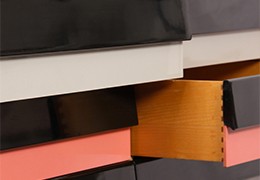
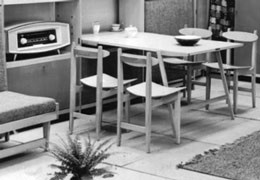
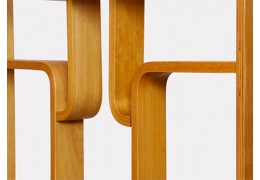
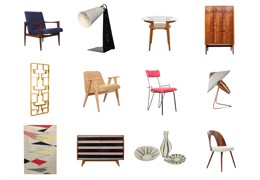
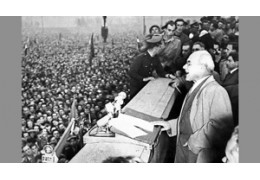
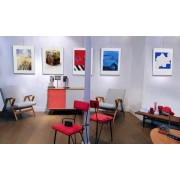
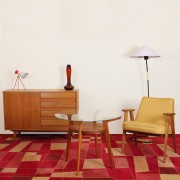

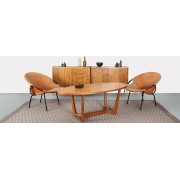

Leave a comment